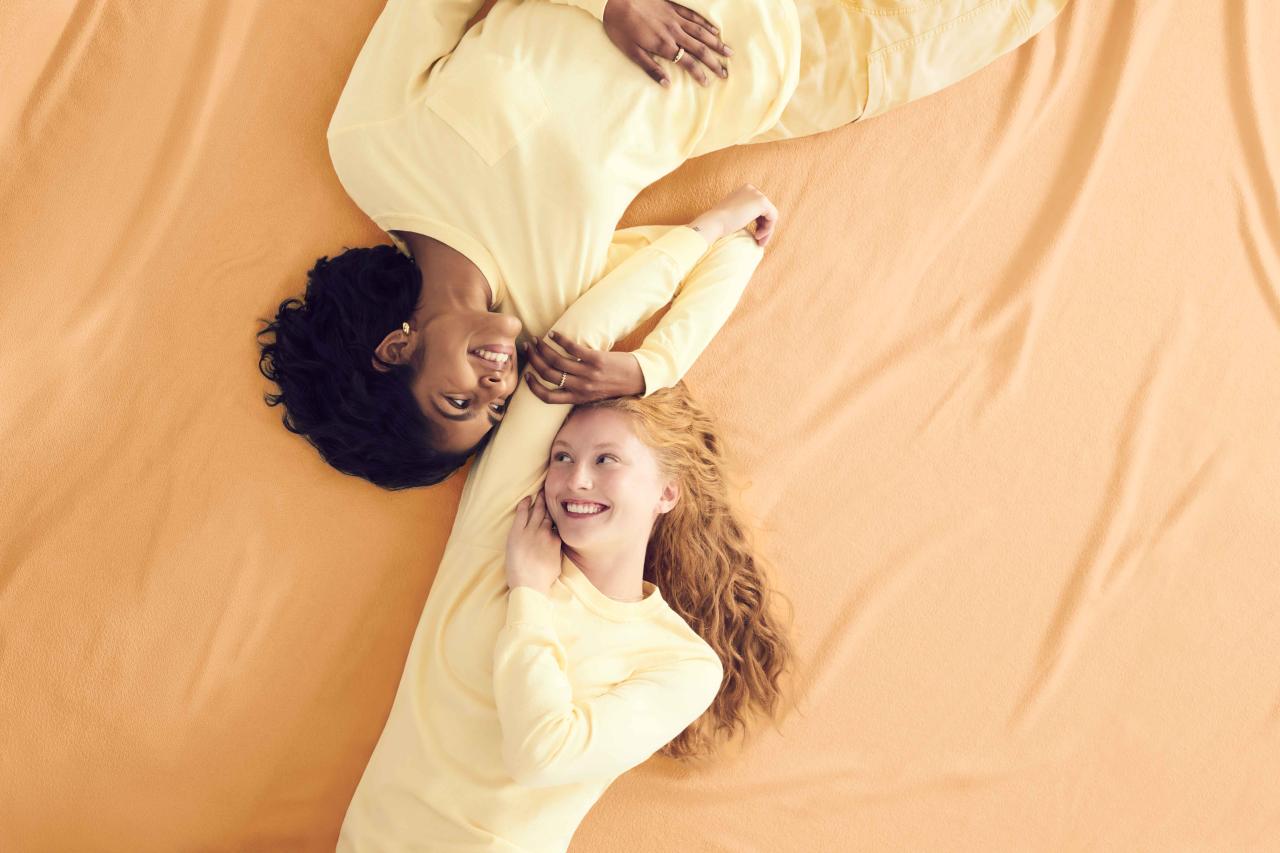NORTHAMPTON, MA / ACCESSWIRE / February 1, 2024 / Gildan Activewear
Comfort Colors’® proprietary dyeing process, Pigment Pure

We sat down with Kevin Freeman, Vice-President of Product Merchandising and Development and Maria Frohmader, Vice-President of Textiles and Dyeing at Gildan Activewear (owner of Comfort Colors®), to better understand the dyeing process, and learn about some of its sustainability attributes.
Can you start by telling us a bit more about Comfort Colors®?
Kevin: Comfort Colors® is our lifestyle brand, known for the softness of its materials, as well as the comfort that comes from using 100% ring-spun U.S. cotton. Comfort Colors® t-shirts are wardrobe staples that are known for radiating positivity or "Spreading Good Vibes" as we say.
This brand is extremely popular among our consumers for its nature-inspired hues, something which has become a unique selling point for it. Of course, this means that dyeing plays an important role in producing these well-loved colours.
Can you walk us through the Pigment Pure
Maria: A common dyeing method used for cotton in our industry is known as reactive dyeing which is where the dye forms a bond with the fibre. Pigment Pure
This method uses a set palette of base colours which are mixed and matched to produce the vast array of shades we have in our product line. In addition, it allows us to maintain shade consistency, has incredible attributes for printability, and even reduces chemical discharge.
Kevin: What’s exciting about Pigment Pure

1. The data on the Pigment Pure
How did you go about developing this dyeing method?
Maria: We are consistently searching for new ways to optimize our manufacturing process, looking at every stage of production to find new or more efficient techniques in making our apparel. Pigment Pure
What’s great about this method is that it improves the dyeing process from three angles – conserving resources, saving time, and enhancing the performance of our end products. So, it’s a win-win from an environmental, manufacturing, and product standpoint!
What are some environmental benefits of Pigment Pure
Maria: Dyeing is traditionally one of the most water-intensive processes in the clothing production cycle. At Gildan, we are always looking for ways to reduce our impact on the environment, and Pigment Pure
1. The data on the Pigment Pure
2. Scope 1 refers to direct emissions resulting from fuels used for stationary and mobile combustion across Gildan-operated facilities.
3. Scope 2 refers to emissions resulting from Gildan’s purchase of electricity.
What exciting doors has Pigment Pure
Kevin: For us, the best part was the plethora of prospects that Pigment Pure

What is some of the customer feedback you’ve received from this process?
Kevin: We receive overwhelmingly positive feedback on our Comfort Colors® products due to the enhanced performance of the t-shirts. As mentioned earlier, Pigment Pure

To learn more about Comfort Colors®, click here.
A Look into Comfort Colors’® Pigment Pure
View additional multimedia and more ESG storytelling from Gildan Activewear on 3blmedia.com.
Contact Info:
Spokesperson: Gildan Activewear
Website: https://www.3blmedia.com/profiles/gildan-activewear
Email: [email protected]
SOURCE: Gildan Activewear
View the original press release on accesswire.com

